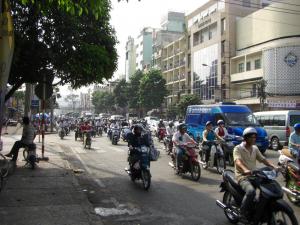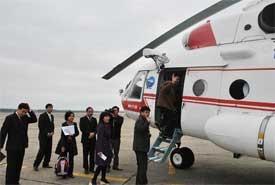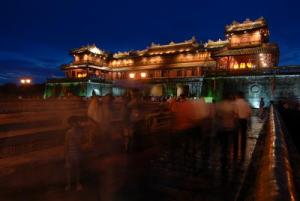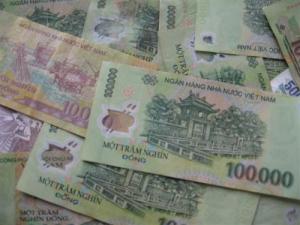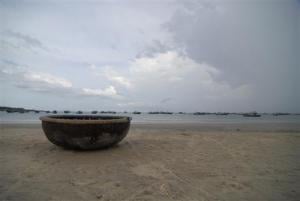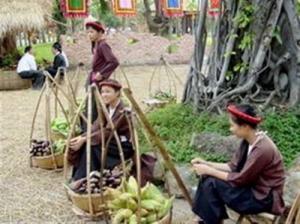Sai Gon (HCMC) Plans State-of-the-Art Road System
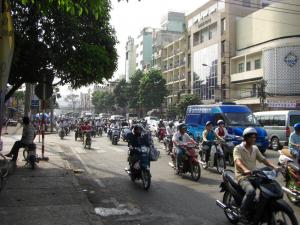
Just in time for its 35th anniversary celebration, the Transport Department of ${bigcity_Ho_Chi_Minh_City:”Ho Chi Minh City”} announced on March 8 that by 2020, it will undergo a rapid renovation of its road system, which includes a three-belt road system, seven express highways, two main urban boulevards, and four sky-roads with 25 tunnels and bridges.
According to the Transport Department Director Tran Quang Phong, a new port system will be built in place of the old existing ports in the downtown area. By that time, an estimated 200 million tones will be transported through the city ports. Transportation agencies of the city also plan to finish six underground systems and three tramway routes and monorail systems at the same time. Parks and green spaces of Ho Chi Minh City is also paid special attention in the plan, with a whopping total of 46 new parks to be constructed.
This is equivalent to 716 hectares of property and an average green space of 10-12 square meters per resident to be transformed into public parks and recreation. Planning such an ambitious goal is not without challenges though, big ones at that. For one, implementation of transportation projects should be strictly followed and hastened. Existing transport infrastructure should be used more efficiently in order for the government to save and make use of its available resources, avoiding unnecessary expenses and waste of natural resources.
What’s most important perhaps, is the proper dissemination and management of capital for this particular project to prevent overspending and even corruption. “Diversifying capital sources for transport infrastructure and improving efficiency of capital” are crucial factors to consider in the said project. The development of public transport, with emphasis on urban railway, should be the agency’s main priority. In retrospect, the public transport agency has served 544 million passengers last year. This is 10 times more than its official record in 2002. This data however, does not include the citizens owning private vehicles, with official data showing 4.5 million motorbikes and 445,000 automobiles from residents in Ho Chi Minh City, and 1 million motorbikes and 60,000 cars from neighboring provinces daily.




